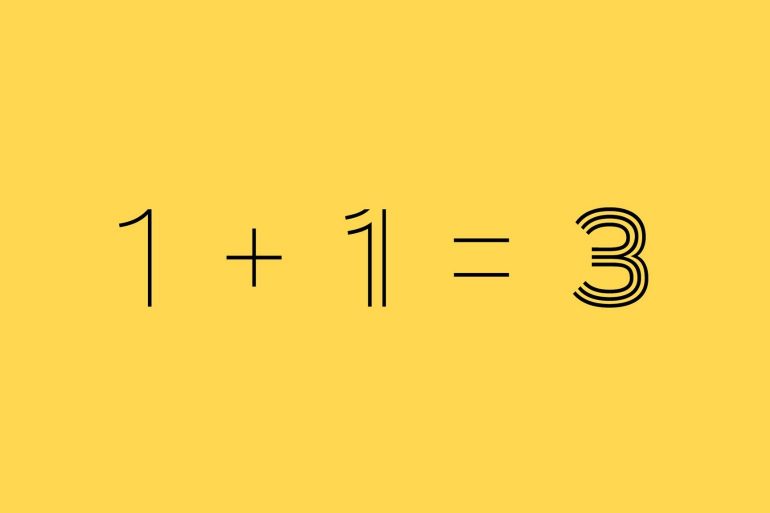What does Strategy, with its penchant for data, models and paragraphs of information, have to do with Design? The two disciplines are seen by some as opposites. We believe to do so is to fundamentally misunderstand how brands are established, and the role they play in a business.
A misconception about branding is that it is purely about design. In the press and at the office water cooler, discussion of a “rebrand” is often focused on a logo change. Whilst a logo can be the most visible part of a rebrand, it’s just the tip of the iceberg that signifies an organisation’s more fundamental transformation.
To assume design is only motivated by aesthetics is to fundamentally underestimate the power and impact of great design. Design is a tool that puts brand to work for business gain. It is the visual answer to a strategic question, from the tangible: “How do we increase sales?” or “How do we announce a merger?” to the more intangible: “How do we change people’s perceptions of us?”
While design and strategy may seem like two different worlds, we’re seeing a convergence in how practitioners from the two disciplines approach the challenges set before them. Design Thinking combines logic and creativity with an acute understanding of how humans behave and what they want. It helps brands, designers and strategists pursue solutions that have the largest and most meaningful impact possible on users. Beyond that, it drives designers and strategists closer together through a shared language and common vision. The growing adoption of Design Thinking proves that design and strategy should not be seen as two separate entities but rather a mutually beneficial partnership.
Proven to add value
Great design has a direct impact on companies’ bottom line, with McKinsey research showing that the companies that rank highest for design strength outperform industry-benchmark growth by as much as two to one.
Viewed through this lens, the importance of integrating design with strategy becomes clear. With a strong strategic goal defined, design has the power to prompt real change and solve business challenges.
Similarly, design can breathe life into strategic work and make it more accessible and impactful. Messaging frameworks and brand architecture models are essential blocks in building a strong and consistent brand, but without visualisation they can run the risk of remaining intangible. Design helps demonstrate their real-world application beyond brand guidelines.
So what are the key steps to integrating your strategy and design teams to create value and impact?
1. Integrate from the very beginning: In order for the two teams to complement each other, it is essential that they collaborate closely from the earliest stage of any project. Given that strategy tends to lay the foundations of a brand project, this puts the onus on strategists to ensure that they bring designers into the research and brand strategy definition phases. This will pay dividends further down the line and ensure the design work is closely aligned with the business challenge that the brand is working to solve.
2. Speak the same language: Set out roles and responsibilities from the very beginning. For strategists, this means understanding how the creative process works; for designers, it’s about seeing the gap between business challenges and strategic recommendations. Without this visibility, it is impossible for the two teams to identify areas where they can ask for support or opportunities to give meaningful feedback.
3. Actively seek feedback across teams: The benefit of combining two different professional perspectives is that one can spot improvements that the other may not see. For designers, this could mean considering how they can make strategic concepts tangible, or how design-thinking could elevate the customer journey. For strategists, it might mean suggesting ways to anchor creative concepts in business realities.
4. Think as ONE: Evangelise the value of collaboration within your organisation and advocate the real benefit from doing so. Remind your brand team that while they may come from different disciplines, they are working together as one team. The results will speak for themselves.
With these four steps, brand teams can ensure a perfect balance between design and strategy, and ensure the combination of the two teams has a value far greater than the sum of its parts. By harnessing the power of the pairing, teams can make brand work and create real business value.
This article was first published at Saffron Consultants.

